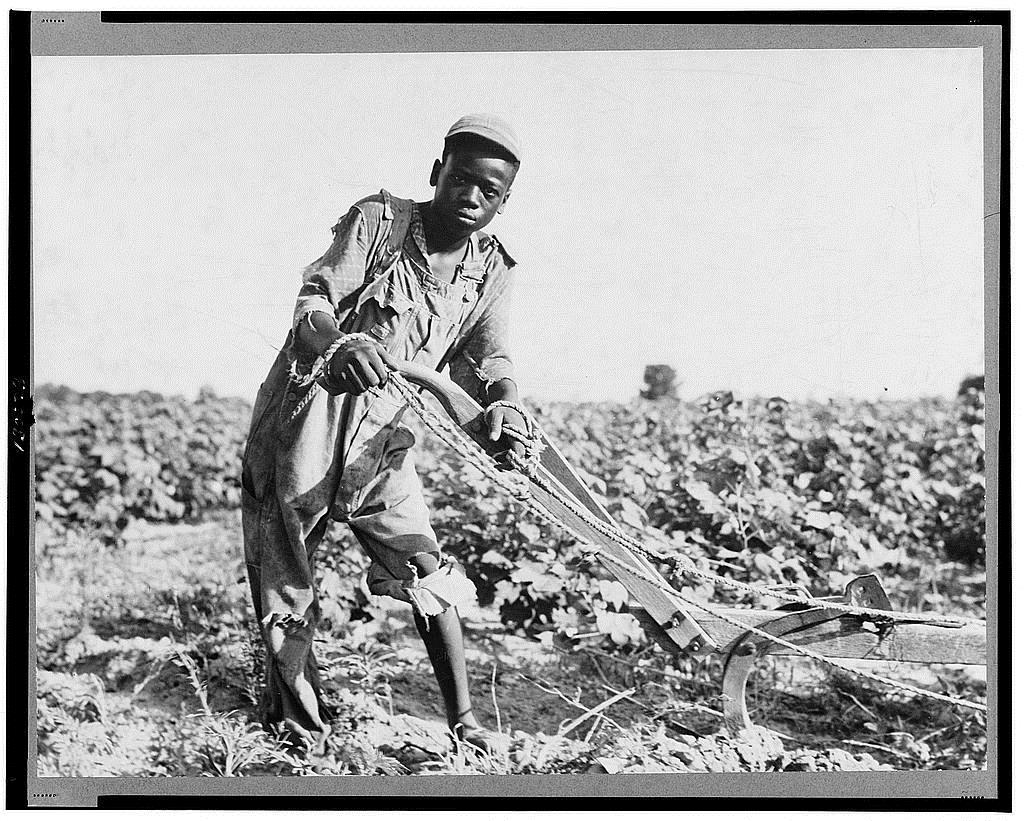Buena Vista's Post Civil War History
We begin our Buena Vista City tour at the Courthouse Square. This section of the tour takes us from the time of the Civil War until today.
Marion County remained an agricultural economy in the post-Civil War period. With the collapse of the plantation system, owners had little resources to invest. Former slaves remained in the area but owned no land. Landowners quickly began to subdivide their holdings, allowing freedmen to cultivate plots of between 30 and 80 acres.
Landowners developed three types of tenancy.
- Cash renters: renters paid cash per acre to use the land, but they had to provide their own seeds, implements, and animals. Cash renters kept all profits.
- Share-cash renters: landowners provided seeds and housing, and renters used their own animals and farm equipment. Cash renters would keep between two-thirds to three-quarters of their crop, providing the landowner with the rest (paying a third in cotton and a quarter in corn as rent).
- Sharecroppers: the most common tenancy across the South and in Georgia. Sharecroppers provided labor while the landowner took half of the sharecropper harvest. Most former slaves (such as Josh Gibson’s family) and many poor whites (including the Eddie Owens Martin’s family) were sharecroppers.

Few photographs of Marion County sharecroppers exist. However, this image of a thirteen year-old sharecropper boy taken in Sumter County, which borders Marion County, gives a sense of the conditions of this area. July 1937, photographer Dorothea Lange, Library of Congress Collection.
Since the end of the nineteenth century the United States experienced an extended period of economic depression, though there was a brief economic revival from the early 1900s to the 1920s (the time when the city’s two cotton warehouses were built). Indeed, by the late 1920s,another agricultural depression descended, and that in combination with the boll weevil’s devastation of cotton crops, led many residents to relocate to cities beyond the South. The sharecropper system unchanged until the 1950s. By the turn of the twenty-first century, Marion County’s agricultural economy had shifted to forestry.
Submission composed by Lexus Houston and Amanda Rees, April 29 2016.
References and Further Reading
Causey, V. No date. Rural Georgia. Notes for future book shared with Dr. Amanda Rees.
